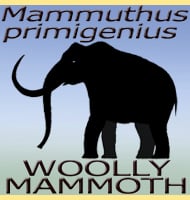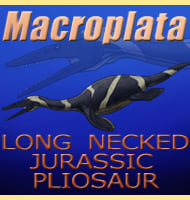Pterodon
In Depth One of the creodont mammals that were most common from the Paleocene to Oligocene periods, Pterodon seems to have been most numerous around Europe and North Africa. An odd set of remains from Pakistan however not only increases the geographic range of this creodont, but also the temporal range as well. Being interpreted … Read more

